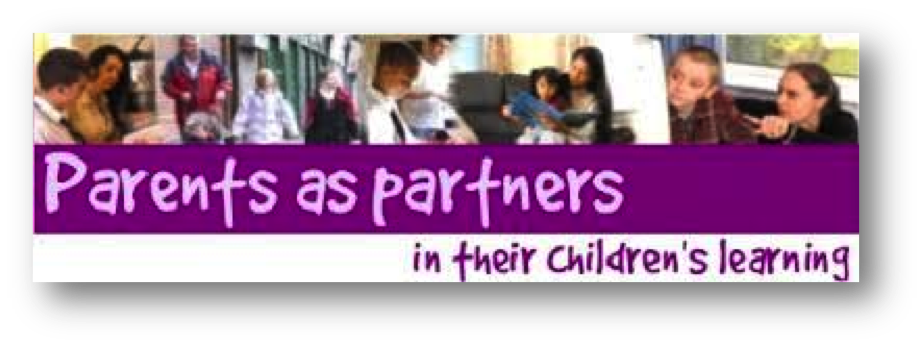There will be times when schools have no choice but to share less than positive news with families; such communication is better received when schools communicate the good as well as the bad. When the negative is balanced with the positive, families are more receptive to problem-solving and less productive decisions can be viewed as opportunities to learn and grow; everyone benefits as children, youth, families, and schools come to understand that they are all on the same page. Continue reading







